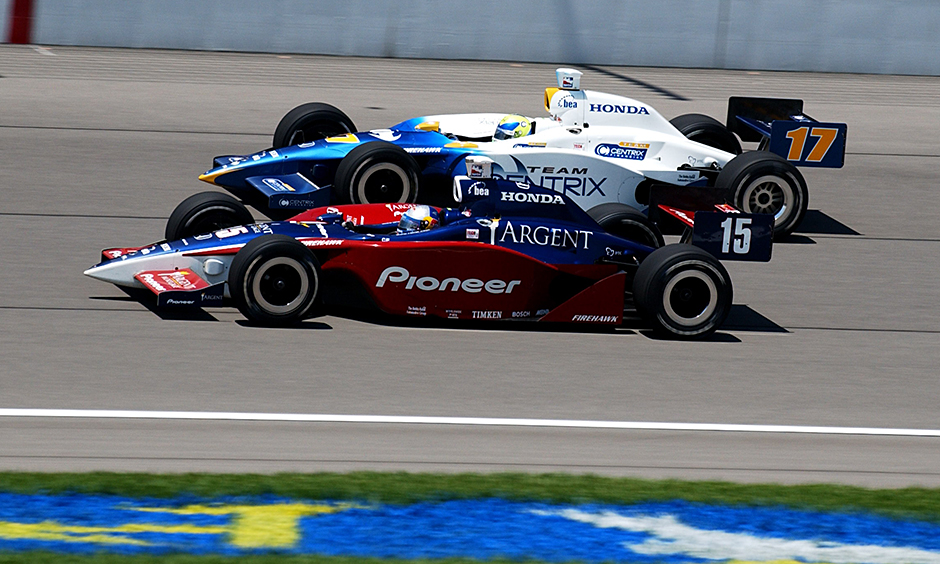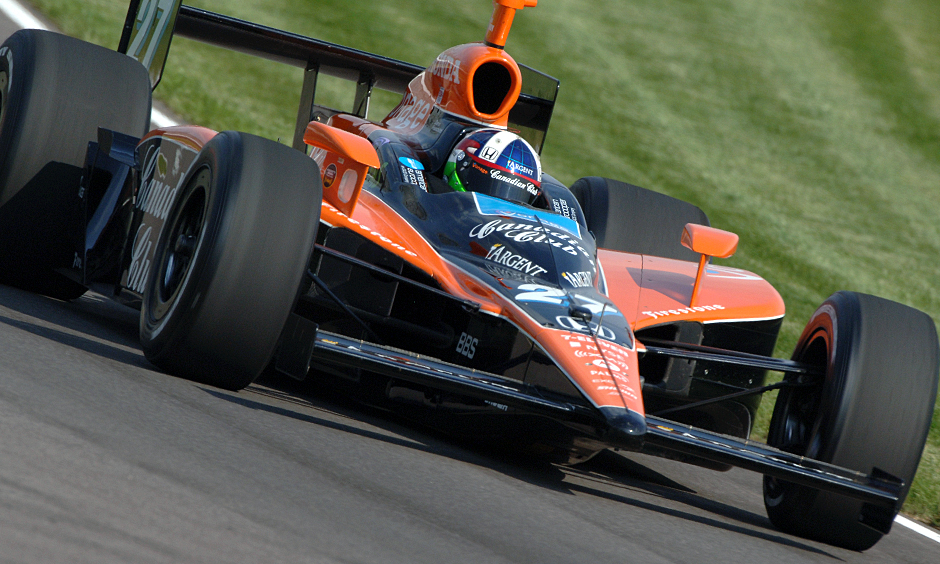

#CLASSIC REWIND FREE#
All free shipping orders ship as economy.Ĥ-6 processing days + 5-8 delivery days = 9-14 business days from order placed to delivery

You can see the estimated arrival for your location on our product pages underneath the "add to cart" button. The delivery time varies by your location and shipping option. Orders are processed and shipped within 4-6 business days of receipt. Most orders are processed in 4-6 business days and are shipped from our Indiana warehouse via UPS Ground. We can only ship economy for FPO/APO/DPO. All around it was a win-win that Daiwa hopes to continue in the only ships within continental United States. Team Daiwa did as much for the brand as it did for the fishermen it intended to help catch more and bigger fish. The Daiwa TD1H experienced phenomenal success as a result.
#CLASSIC REWIND HOW TO#
“Putting the pros’ name on a specialty rod gave the consumer a starting point on how to choose the best rod for the technique,” said Arakawa.ĭaiwa’s reel segment also benefited as consumers wanted the complete precision matched rod and reel for the given technique. Then came another run from 2002 through 2004, with titles won by Jay Yelas, Michael Iaconelli and Takahiro Omori.Īll along the way, fishermen benefited the most from Daiwa’s product design insight gained from its pros. Those were George Cochran (1996), Dion Hibdon (1997), Denny Brauer (1998) and Davy Hite (1999). Ken Cook’s 1991 title inspired a spinnerbait rod, and then Team Daiwa anglers won four consecutive Classics. Over the next decade, Daiwa scored big and more specialty rods were introduced. “The softer tip allowed the fish to inhale the crankbait for a better hooking ratio.” “Rick wanted a soft tip so the bait would work properly,” Arakawa said. Clunn’s signature cranking rod featured a fiberglass blank with an outer graphite mesh finish for added sensitivity. The anglers had feedback on every rod, from blank to final product. The prior year, a worm/jig rod was introduced after the guru of the technique, Larry Nixon, won the Classic. Clunn won the tournament with a shallow running crankbait. Rick Clunn set a Classic record at the time in 1984 with a winning weight of 75 pounds, 9 ounces, that included the largest margin of victory at 25-8. The names were synonymous with the techniques that made them famous. And the campaign’s success came with the stamp of approval from Bassmaster Classic titles. In fact, Team Daiwa evolved into an ad campaign that took on a life of its own, and lasted into three decades.

“We were lucky to have picked the right anglers, because they kept winning after we signed them for Team Daiwa,” said Arakawa.

The signature line of rods was therefore more than just an advertising gimmick.
#CLASSIC REWIND PRO#
Its pro team had design input from every aspect of the product design. When the lure was ready for retail, the brand assembled a pro team to endorse it and add credibility to the new product.ĭaiwa took a different approach. Research and development for new products was an inside job handled by designers and engineers, from start to finish. “Doing so added credibility to what we were trying to achieve.”Īn idea was born and it became Team Daiwa. “We wanted to associate our brand at the highest level of the sport,” explained Arakawa. Daiwa’s idea was to partner with pros whose skill sets had proven track records with specific techniques. From hookset to landing of the fish, the rod would be designed for a specific job. Design a rod that would be an extension of the lure. “We wanted to design rods specific to techniques and lures.” “All those lures were evolving but the rod designs remained the same,” he recalled. Those were only examples of how the Bassmaster Tournament Trail set trends that made overnight heroes of the pros and the lures used by them to win.Ĭurt Arakawa and his colleagues at Daiwa saw what was happening, and they turned a marketing idea into a success story the likes of which at the time was unheard of. Deep diving crankbaits expanded into shallow running models, and the flipping and pitching technique evolved from novel to mainstream tactic. pros constantly sought ways to gain an edge on the competition. By the 1980s, lures evolved beyond their original design as the B.A.S.S.


 0 kommentar(er)
0 kommentar(er)
